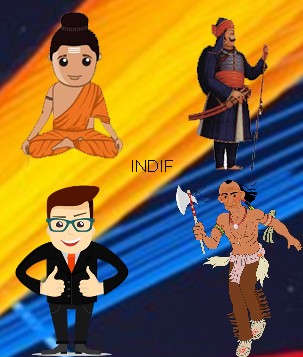
From the 1920’s, archaeologists have excavated many fossils and treasures which hint on a culture with a rich history and tradition. These items and information was found in the Mohenjo Daro region, and areas near the Indus Valley region. The archaeologists also learned about many groups like the Aryans. Around 1000 BC, the early inhabitants of the current know regions of India and Pakistan were the Aryans. They rote many scriptures such as Vedas, which played a major role in the discover, application, and knowledge of Hinduism that we have today.
A big part, of the knowledge that was gained from all of this included the Indian Caste System.
The caste system consisted of:
The Brahmins: Priests/High Class
The Kshatriyas: Rules, Administrators, Warriors
The Vaishyas: Farmers, Merchants, Artisans
The Shudras: Poor/Working Class
There are about 300 main caste division, and about 25000 sub-caste divisions.
The caste system, played a big role in the division of power, classification, and impact that a person has in their society. One is admitted into the caste system from birth, as per their family’s caste, but there is a possibility of one advancing or declining in the system, however such an occurrence was rare.
This system helped provide structure and discipline to the Indian culture, and even affected many relations between people. Many stereotypes, and interaction with people of different castes was scarce, and in a sense forbidden. Class-ism was a big problem, which was supported by this system.
Now, in the modern age, this system is not in major affect in India. However, in our society, some impacts/influences of this are still apparent in the viewpoints between the poor/middle/and high class and their respect in our society. Though this not always the case. An example is the Prime Minister. Narendra Modi, the current prime minister of India (2017), has started from humble beginnings, but is still very respected.
